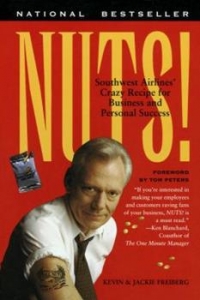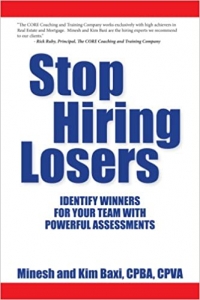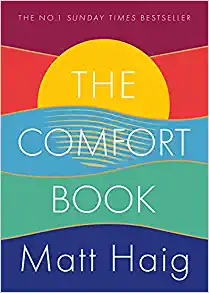Introduce Referral Partners in Your Blog
“By establishing yourself as a source of assistance, you train others to come to you with referral opportunities,” Chuck Gifford and Minesh Baxi advise in the book Network Your way to $100,000 and Beyond. “Learning to promote to those in your sphere of influence is hundreds of times better than buying from a referral partner. You must learn to talk about your referral partners often, asking questions to uncover leads.”
At Say It For You, I’ve always taught that reading competitors’ blog posts is a great form of market research for business owners launching their own blogging strategy. Even repeating what established bloggers have said (of course in each case properly attributing the material to its source) forces “newbies” to think about what they might add to the discussion.
But, rather than merely summarizing what others are thinking, or ways competitors have chosen to handle problems, why not invite “thought competitors” to express their ideas on your blog site? That can be a way to use blog content to present conflicting views about a particular subject (your guest blogger’s view and your own), leading readers to think more deeply about a topic.
A guest blog post, of course, needn’t be about a controversial topic, but might serve as enrichment content for the host’s readers. A realtor might invite an interior designer to comment on “staging” a home for sale. An estate planning attorney might invite a long term care insurance agent to contribute content. “Guesting” can take the form of interviews or of actual content by the referral partners themselves.
“The most powerful phrase in marketing,” Gifford and Baxi assert is “I have a friend in that business. Would it be okay if I have them give you a call?” It’s interesting to note that the book was published in 2007, a year before Say It For You was started. Fourteen years later, it could be that one of the most powerful forms of referral marketing is introducing your referral partners to your audience of blog readers!






Follow us online!